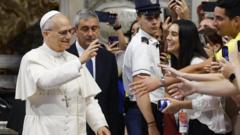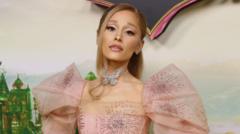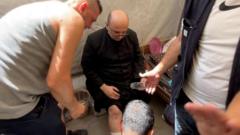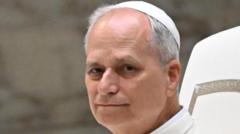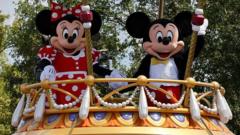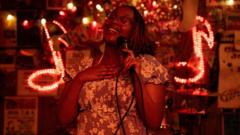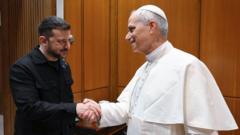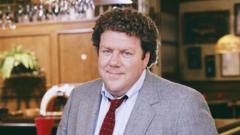As the real papal conclave approaches, the film "Conclave" reveals the delicate dynamics and human elements behind the closed doors of elections in the Vatican.
Insights from Conclave: The Complexity of Papal Elections Unveiled
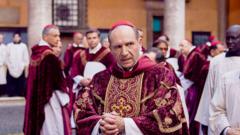
Insights from Conclave: The Complexity of Papal Elections Unveiled
A look at how the film "Conclave" depicts the intricate and secretive nature of the papal selection process.
The film "Conclave," a recent box office sensation and Oscar-winning feature starring Ralph Fiennes as Cardinal Lawrence, offers an intriguing lens into the enigmatic process of electing a pope. As real-life events unfold on May 7, when 134 cardinals will gather in the Sistine Chapel to deliberate on Pope Francis’ successor, the film allows audiences a unique glimpse into the Vatican’s secretive world.
The conclave, traditionally shrouded in secrecy, will see the cardinals isolated from the outside world, echoing the self-imposed cloister that has characterized papal elections for centuries. Experts like Stephen Bullivant, a professor of theology, note that while the cardinal-electors are somewhat cut off, they still require basic provisions, contrasting the notion of strict isolation with modern demands for transparency. Anna Rowlands, professor of Catholic social thought, highlights the profound responsibility and introspection that accompany such seclusion, emphasizing the weight of choosing a leader for millions.
The film dramatizes the intensity of the election process, showcasing the politicking and strategic maneuvering among the cardinals. Nick Emerson, the film's editor, identified the political machinations as central to its drama, with some cardinal-electors battling internal conflicts between divine guidance and the urgency of decision making. Tina Beattie, from the University of Roehampton, pointed out that even before the conclave begins, there is a rich tapestry of behind-the-scenes negotiation and potential alliances forming, which will shape subsequent voting.
While "Conclave" introduces a hypothetical scenario of an unknown cardinal unexpectedly rising to prominence, the reality dictates that all voting cardinals must be publicly appointed. The impending election is notable for its unpredictability, as approximately 80% of eligible voters were appointed by Pope Francis himself, contributing to a diverse representation that complicates the decision-making landscape.
Director Edward Berger aimed to humanize the cardinals, showcasing them with modern traits and flaws rather than as distant figures of an archaic ritual. This human element—complete with personal struggles, ambitions, and fears—underscores the commonality shared among these men tasked with a divine role. Rowlands aptly summarizes the conclave as a fundamentally human affair, alive with the tensions and aspirations that color the election process, providing a captivating backdrop as audiences await the real-life outcome.

